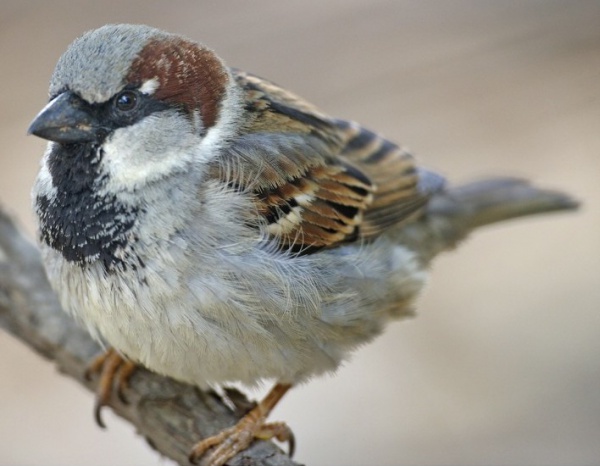Facts About House sparrow
The house sparrow, a small bird from the Passeridae family, is a familiar sight worldwide, particularly in areas with human activity. Unlike large forests, open grasslands, or remote deserts, this bird prefers to stay close to people. Its diet primarily consists of seeds and insects, although it does consume a variety of other foods. However, it must remain vigilant against predators such as domestic cats, hawks, and owls.
Although the house sparrow is one of the most common birds globally, its population has declined in some regions. Consequently, its conservation status is listed as "Least Concern" on the IUCN Red List. This classification indicates that the species is not currently at high risk of extinction but still requires monitoring.
Adult house sparrows are approximately 16 cm long, and males and females can be distinguished by their plumage. They are known for their chirpy vocalizations, social nature, and interesting breeding habits. Typically, they nest in cavities, with females primarily responsible for incubating the eggs. In addition to natural predators, they face challenges from parasites and diseases.
Humans have a love-hate relationship with house sparrows. On one hand, they help control pests; on the other, they can be a nuisance. Over the years, people have implemented various strategies to manage their populations, and some have even kept them as pets or used them as food. Conservation efforts are ongoing to address the factors behind their decline, such as habitat loss, predation, diseases, and a shortage of insects to eat.
Culturally, the house sparrow often symbolizes commonness, vulgarity, and even lust, appearing in literature and religious texts. Despite its ubiquity, there is a growing movement to emphasize the importance of conserving these birds. World Sparrow Day is celebrated globally to raise awareness, and specific actions are being taken in areas where their numbers have significantly decreased.

 South Africa
South Africa